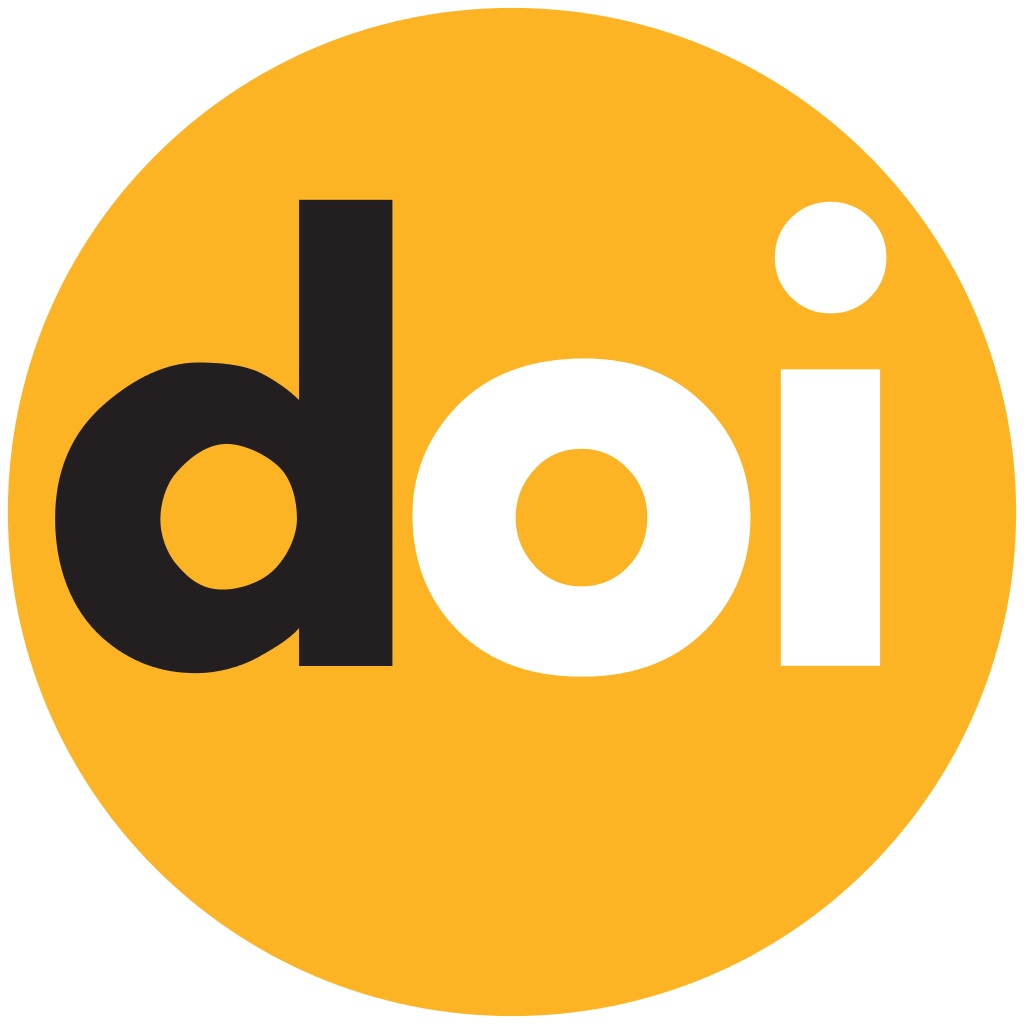بررسی عوامل توانمندسازی کارکنان بر اساس ساختار سازمانی و مدیریت دانش در سازمان نظام پزشکی استان تهران
چکیده
هدف: پژوهش حاضر با هدف بررسی تاثیر ساختار سازمانی و مدیریت دانش بر توانمندسازی کارکنان در سازمان نظام پزشکی استان تهران انجام شده است. با توجه به اهمیت منابع انسانی در سازمانهای دانشمحور، تمرکز این تحقیق بر شناسایی روابط میان مولفههای مختلف مدیریت دانش (شامل کسب، ثبت، انتقال، ذخیره و کاربرد دانش) و توانمندسازی کارکنان میباشد.
روششناسی پژوهش: این تحقیق از نظر هدف کاربردی و از نظر روش، توصیفی-همبستگی است. جامعه آماری شامل کارکنان سازمان نظام پزشکی استان تهران در سال ۱۴۰۲ بوده و نمونهگیری بهصورت تصادفی انجام شده است. برای گردآوری دادهها از پرسشنامههای استاندارد مدیریت دانش و توانمندسازی استفاده شد. دادهها با استفاده از آزمونهای ناپارامتریک (آزمون اسپیرمن و فریدمن) تحلیل گردید.
یافتهها: نتایج تحقیق نشان داد که بین تمامی مولفههای مدیریت دانش و توانمندسازی کارکنان رابطه معنادار و مثبت وجود دارد. مولفه انتقال دانش، بیشترین تاثیر را بر توانمندسازی داشته و به دنبال آن ذخیره، ثبت، کسب و کاربرد دانش به ترتیب در اولویتهای بعدی قرار گرفتند. این نتایج حاکی از نقش کلیدی مدیریت دانش در ارتقای توانمندیهای منابع انسانی سازمان میباشد.
اصالت/ارزش افزوده علمی: نوآوری این تحقیق در ترکیب دو مفهوم ساختار سازمانی و مدیریت دانش در زمینه توانمندسازی کارکنان در یک نهاد تخصصی مانند سازمان نظام پزشکی است. همچنین با ارایه شواهد تجربی جدید از رابطه موثر میان این مولفهها در یک بافت سازمانی خاص، زمینهای برای تصمیمگیریهای راهبردی در حوزه منابع انسانی و توسعه دانش سازمانی فراهم میگردد.
کلمات کلیدی:
توانمندسازی کارکنان، ساختار سازمانی، مدیریت دانش.مراجع
- [1] Lawler III, E. E. (1994). From job-based to competency-based organizations. Journal of organizational behavior, 15(1), 3–15. https://doi.org/10.1002/job.4030150103
- [2] Zimmerman, M. A. (1990). Taking aim on empowerment research: On the distinction between individual and psychological conceptions. American journal of community psychology, 18(1), 169–177. https://doi.org/10.1007/BF00922695
- [3] Conger, J. A., & Kanungo, R. N. (1988). The empowerment process: Integrating theory and practice. Academy of management review, 13(3), 471–482. https://doi.org/10.5465/amr.1988.4306983
- [4] Thomas, K. W., & Velthouse, B. A. (1990). Cognitive elements of empowerment: An “interpretive” model of intrinsic task motivation. Academy of management review, 15(4), 666–681. https://doi.org/10.5465/amr.1990.4310926
- [5] Spreitzer, G. M. (1995). Psychological empowerment in the workplace: Dimensions, measurement, and validation. Academy of management journal, 38(5), 1442–1465. https://doi.org/10.5465/256865
- [6] Whetten, D. A., Cameron, K. S., & Wesley, A. (2000). Developing management skills. Addison-Wesley. https://books.google.com/books/about/Developing_Management_Skills.html?id=kfkqAAAAQBAJ
- [7] Mishra, A. K. (1996). Organizational responses to crisis. In Trust in organizations: frontiers of theory and research, 261. Sage. https://scispace.com/pdf/organizational-responses-to-crisis-the-centrality-of-trust-4rfrtk58zq.pdf
- [8] Lunenburg, F. C. (2017). Organizational structure and design. Journal of educational leadership and policy studies, 1(1), 21–43. https://eric.ed.gov/?id=EJ1226963
- [9] Mintzberg, H. (1979). The structuring of organizations. In Readings in strategic management (pp. 322-352). London: Macmillan Education UK. https://doi.org/10.1007/978-1-349-20317-8_23
- [10] Rezaian, H. (2007). Organizational behavior management. Science and literature. (In Persian). https://B2n.ir/we4600
- [11] Daft, R. L. (2007). Organization theory and design. Thomson South-Western. https://www.researchgate.net/profile/Richard-Daft/publication/31695904
- [12] Tosi, H. L., Rizzo, J. R., & Carroll, S. J. (1994). Managing organizational behavior. Blackwell Oxford. http://impact-institut.de/wp-content/uploads/2013/12/ZOE-4_13_Rezension_Action_Learning_Bernhard-Hauser1.pdf
- [13] Robbins, S. P., Judge, T. A., & Millett, B. (2015). OB: The essentials. Pearson Higher Education AU. https://books.google.com/books?id=BzTiBAAAQBAJ&printsec=frontcover
- [14] Bontis, N. (2000). Managing organizational knowledge by diagnosing intellectual capital. In Knowledge management: Classic and contemporary works. MIT Press, Cambridge. http://dx.doi.org/10.7551/mitpress/4075.003.0030
- [15] Davenport, T. H. (1997). Ten principles of knowledge management and four case studies. Knowledge and process management, 4(3), 187–208. https://doi.org/10.1002/%28SICI%291099-1441%28199709%294%3A3%3C187%3A%3AAID-KPM99%3E3.0.CO%3B2-A
- [16] Malhotra, Y. (2000). Knowledge management and virtual organizations. IGI global. https://books.google.com/books?id=XdO_AQAAQBAJ&printsec=frontcover
- [17] Holt, D. T., Armenakis, A. A., Harris, S. G., & Feild, H. S. (2007). Toward a comprehensive definition of readiness for change: A review of research and instrumentation. In Research in organizational change and development (pp. 289–336). Emerald Group Publishing Limited. https://doi.org/10.1016/S0897-3016(06)16009-7
- [18] Bhatt, G. D. (2001). Knowledge management in organizations: Examining the interaction between technologies, techniques, and people. Journal of knowledge management, 5(1), 68–75. https://doi.org/10.1108/13673270110384419
- [19] Alavi, M., & Leidner, D. (1999). Knowledge management systems: Issues, challenges, and benefits. Communications of the association for information systems, 1(1), 7. https://doi.org/10.17705/1CAIS.00107
- [20] Ponelis, S., & Fairer-Wessels, F. A. (1998). Knowledge management: A literature overview. South african journal of library and information science, 66(1), 1–9. http://sajlis.journals.ac.za/
- [21] Ratten, V., & Suseno, Y. (2006). Knowledge development, social capital and alliance learning. International journal of educational management, 20(1), 60–72. https://doi.org/10.1108/09513540610639594
- [22] Nonaka, I. (2009). The knowledge-creating company. In The economic impact of knowledge (pp. 175–187). Routledge. https://doi.org/10.1093/oso/9780195092691.001.0001
- [23] Prusak, L. (2009). Knowledge in organisations. Routledge. https://doi.org/10.4324/9780080509822
- [24] O’Dell, C., & Hubert, C. (2011). The new edge in knowledge: How knowledge management is changing the way we do business. John Wiley & Sons. https://books.google.com/books?id=tND92BMfDaUC&printsec=frontcover
- [25] Sveiby, K. E. (2001). A knowledge-based theory of the firm to guide in strategy formulation. Journal of intellectual capital, 2(4), 344–358. https://doi.org/10.1108/14691930110409651
- [26] Jasimuddin, S. M., & Zhang, Z. (2014). Knowledge management strategy and organizational culture. Journal of the operational research society, 65(10), 1490–1500. https://doi.org/10.1057/jors.2013.101
- [27] Demarest, M. (1997). Understanding knowledge management. Long range planning, 30(3), 374–384. https://doi.org/10.1016/S0024-6301(97)90250-8
- [28] Haggie, K., Kingston, J., & others. (2003). Choosing your knowledge management strategy. Journal of knowledge management practice, 4(4), 1–20. https://knowledgemanagements.wordpress.com/wp-content/uploads/2014/09/chosing-you-km-strategy.pdf
- [29] Naderloo, H., & Naderloo, A. (2015). Investigating the role and impact of information technology in establishing knowledge management in organizations. The first national conference on computer, information technology and islamic communications of Iran. Ghom, Iran. Civilica. (In Persian). https://civilica.com/doc/408815
- [30] Khaki, G. (2012). Research methodology with an approach to thesis writing. Fujan. (In Persian). https://B2n.ir/bj7168
- [31] Krejcie, R. V., & Morgan, D. W. (1970). Determining sample size for research activities. Educational and psychological measurement, 30(3), 607–610. https://doi.org/10.1177/001316447003000308
- [32] Moghimi, M. (2007). Case study methodology and its applications in social sciences. Methodology of social sciences and humanities, 13(50), 71-102. (In Persian). https://method.rihu.ac.ir/article_504.html?lang=en
- [33] V Nair, B., & Munusami, C. (2020). Knowledge management practices: An exploratory study at the Malaysian higher education institutions. Journal of research in innovative teaching & learning, 13(2), 174–190. https://doi.org/10.1108/JRIT-01-2019-0008
- [34] Danaeifard, H., Alvani, S. M., & Azar, A. (2017). Quantitative research methodology in management: A comprehensive approach. Saffar Ishraqi. (In Persian). https://B2n.ir/mb5306
- [35] Caravan, A. (2016). Examining the relationship between knowledge management and employee empowerment. The first international conference on innovation and research in educational sciences, management and psychology. Tehran, Iran. Civilica. (In Persian). https://civilica.com/doc/628122
- [36] Zahedi, M., & Eshraghi, M. (2021). Investigating the effect of human resource management performance on retaining knowledge-based employees in a knowledge-based company with regard to the mediating role of knowledge management. Journal of Naja human resources, 15(64), 81-120. (In Persian). https://www.magiran.com/p2331678
- [37] Hasani, K., & Sheikhesmaeili, S. (2016). Knowledge management and employee empowerment: A study of higher education institutions. Kybernetes, 45(2), 337–355. https://doi.org/10.1108/K-04-2014-0077
- [38] Saleem, S. T., & Adeel, A. (2016). Strategic human resource management and employee creativity: The role of leadership style and knowledge management capacity. Information and knowledge management, 6(6), 1–17. https://B2n.ir/gt4905
- [39] Kalantari, N., Rashdi, F., & Fateminijad, S. (2016). Examining the role of knowledge management in employee empowerment. World conference on management, economics, accounting and humanities at the beginning of the third millennium. Shiraz, Iran. Civilica. (In Persian). https://civilica.com/doc/524822





